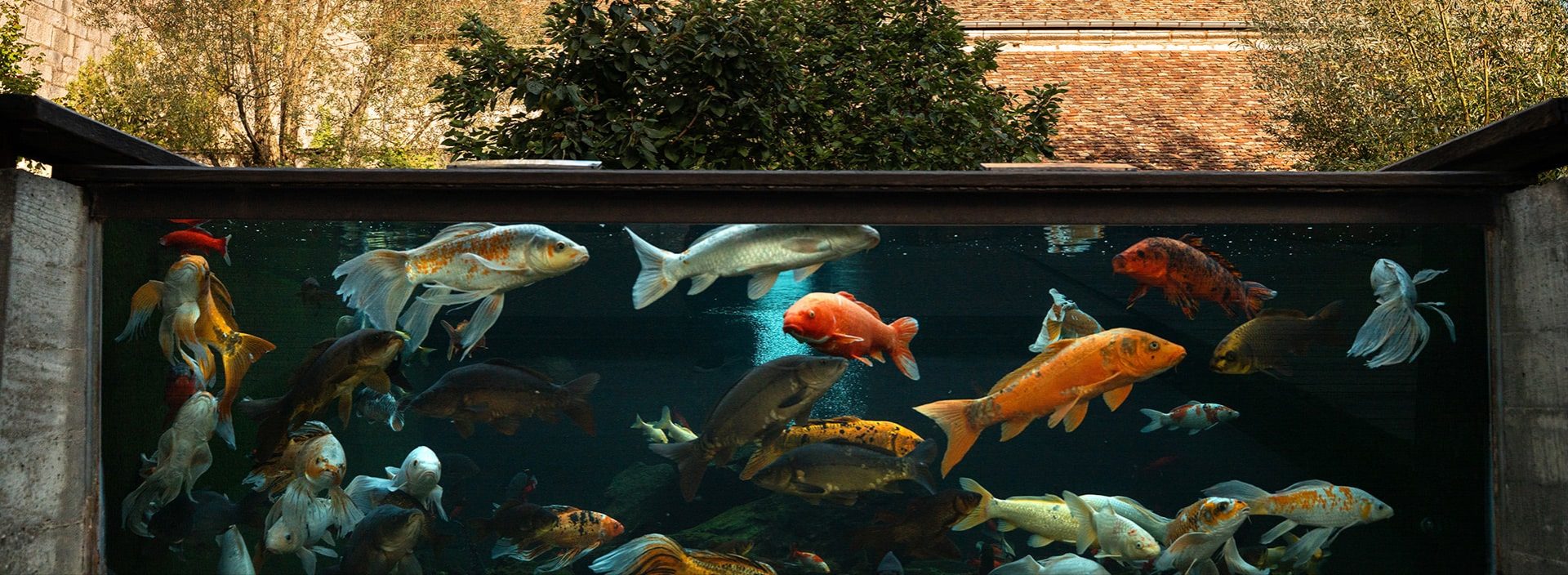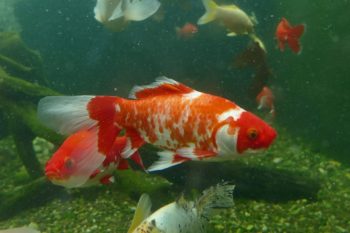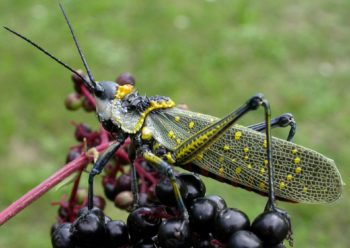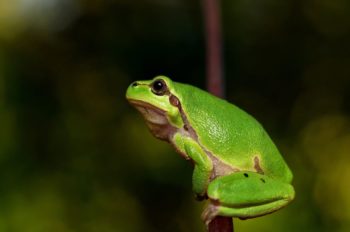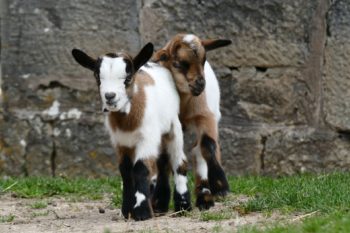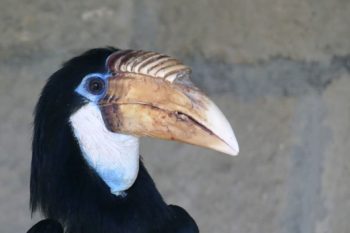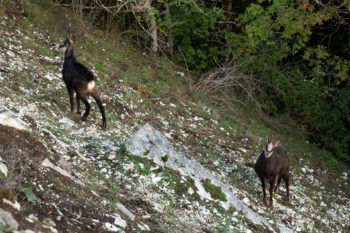Animals to discover
Conservation program
They are part of a conservation program
In recent years, the Besançon Museum has specialized in the reproduction of endangered species.
To date, the zoological park has been involved in 56 conservation programs, including 6 reintroduction projects. Almost 90% of the species on display are bred as part of European and international breeding programs.
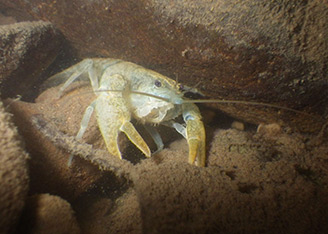
Torrent crayfish - Austropotamobius torrentium:
present in Eastern Europe and more than a few French streams, critically endangered, Red List France 2012, part of a breeding program for reintroduction. Besançon Museum
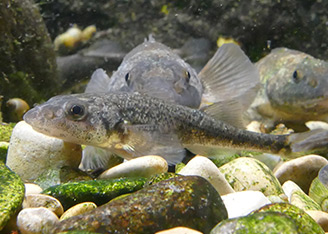
Apron du Rhône - Zingel asper:
present in France and Switzerland, critically endangered Red List Franche-Comté 2014, part of the National Action Plan conducting reintroduction breeding. Jacky RENARD / Besançon Museum
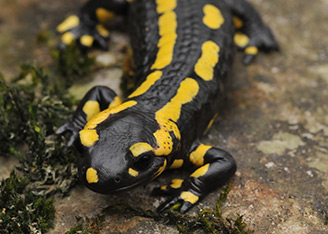
Spotted salamander - Salamandra salamandra:
present throughout Europe, minor concern Red List France 2020, species threatened with extinction by a pathogenic fungus. Frédéric RAVENOT CEN
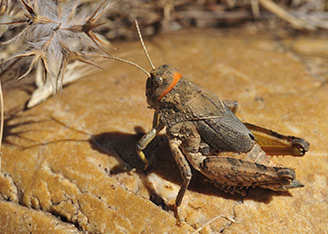
Crau cricket:
present in the Crau plain in France (in the Bouches du Rhônes), critically endangered World Red List 2016, European Life program. ML ZECHNER
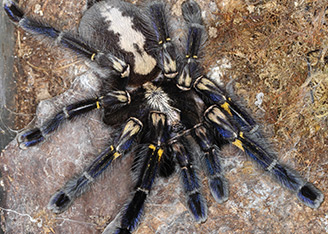
Blue tarantula - Poecilotheria metallica:
present in India, critically endangered World Red List 2008, in European breeding program. Jacky RENARD / Besançon Museum
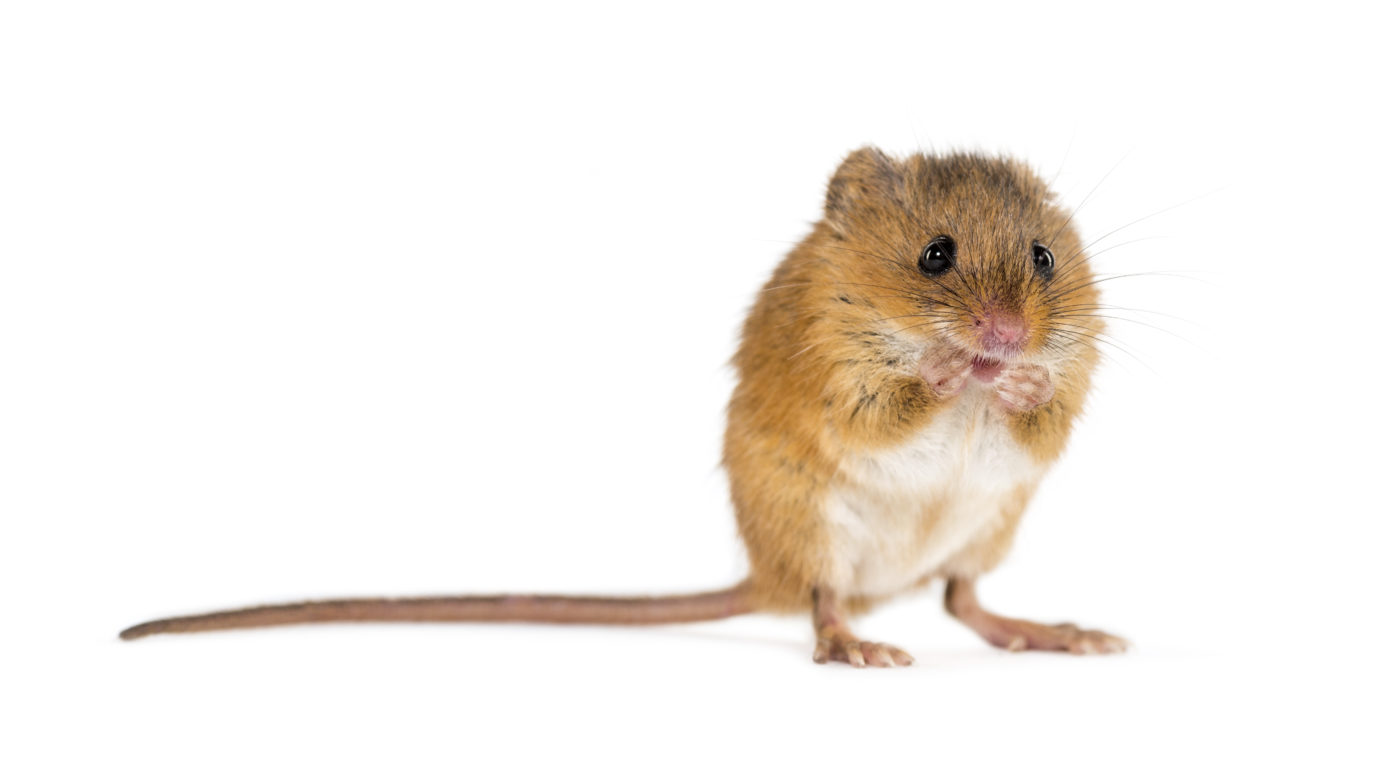
Harvest rat - Micromys minutus:
present in Europe, Russia and East Asia, of minor concern on the French Red List 2017, undergoing a breeding program for reintroduction in the Eure region. Eric ISSELÉE
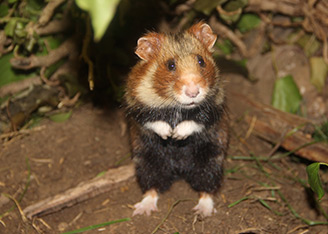
Great Hamster - Cricetus cricetus:
present from Eastern Europe to Central Asia, and in certain restricted areas of Western Europe, critically endangered World Red List 2020, National Action Plan to save it. Jacky RENARD / Besançon Museum
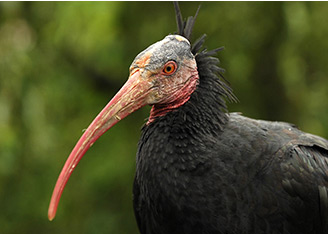
Northern Bald Ibis - Geronticus eremita:
present in North Africa and southern Europe, endangered World Red List 2018, Proyecto EmeritaEuropean breeding program for reintroduction. David LEFRANC / Muséum de Besançon
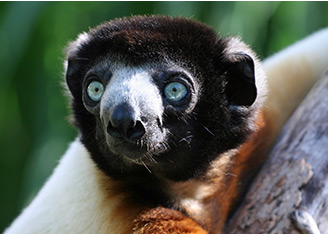
Crowned sifaka - Propithecus deckenii coronatus:
present in Madagascar, critically endangered World Red List 2018, Sifaka conservationEuropean breeding program. JY ROBERT
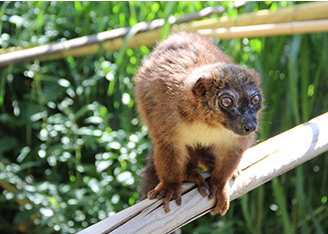
Great Hapalemur - Prolemur simus:
present in Madagascar, critically endangered World Red List 2018, Helpsimus European breeding program. Jacky RENARD / Muséum de Besançon
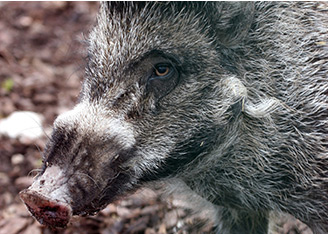
Visayan wild boar - Sus cebifrons:
present in the Philippines, critically endangered Global Red List 2016, ZGAPEuropean breeding program. JY ROBERT
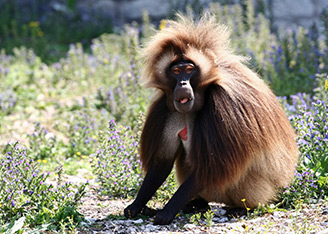
Gelada baboon - Theropithecus gelada :
present in Ethiopia, minor concern World Red List 2018, Gelada Research, in European breeding program. Jacky RENARD / Muséum de Besançon
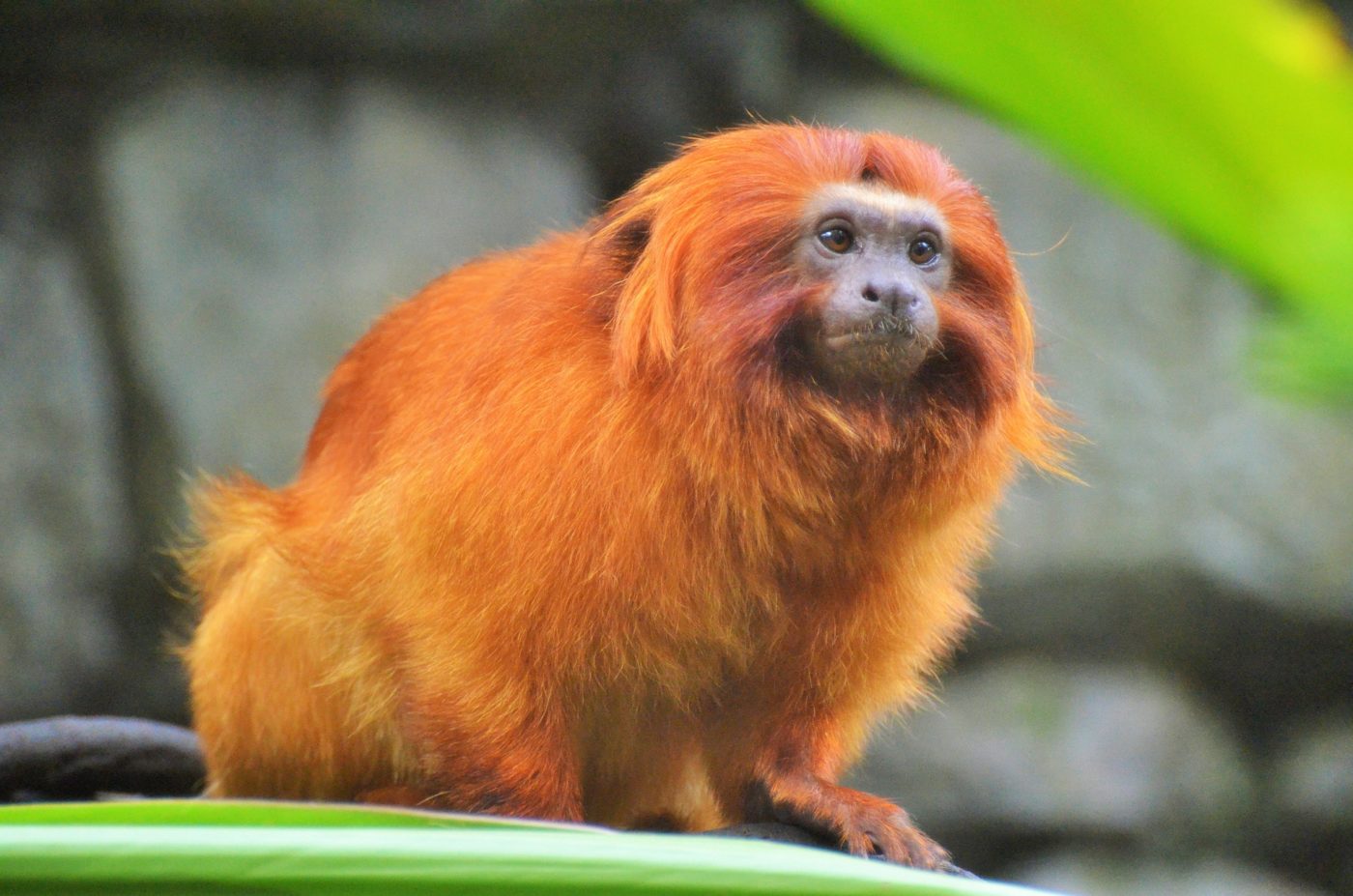
Lion tamarin - Leontopithecus rosalia :
Present in Brazil, endangered World Red List 2015, Lion Tamarin Brazil Fundationunder a European breeding program. Jacky RENARD / Besançon Museum
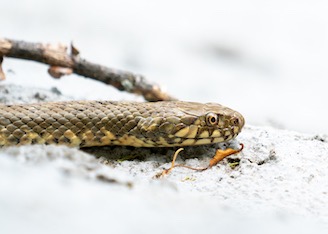
Viperine snake - Natrix maura :
present in south-west Europe and North Africa, of minor concern, Endangered on the red list of reptiles and amphibians of Franche-Comté, 2020, Voies navigables de France and Ligue pour la Protection des Oiseaux de Bourgogne-Franche-Comté in regional safeguard program.
Hugo Barré-Chaubet
Programs supported by La Citadelle
Details of the different ways in which the Muséum invests in safeguarding programs :
- participation in European breeding programs run by EAZA
- participation in conservation breeding in partnership with institutions working for conservation: Conservatoire des Espaces Naturels, regional parks, nature reserves, Office Français pour la Biodiversité, local associations, etc.
- financial support for in situ conservation projects
- census and monitoring programs for species living on the site
Every year, the Besançon Museum makes a commitment - join in!
In total, we support 47 species conservation programs in France and around the world, including 6 reintroduction projects.
You too can support a conservation project.
Zoo missions
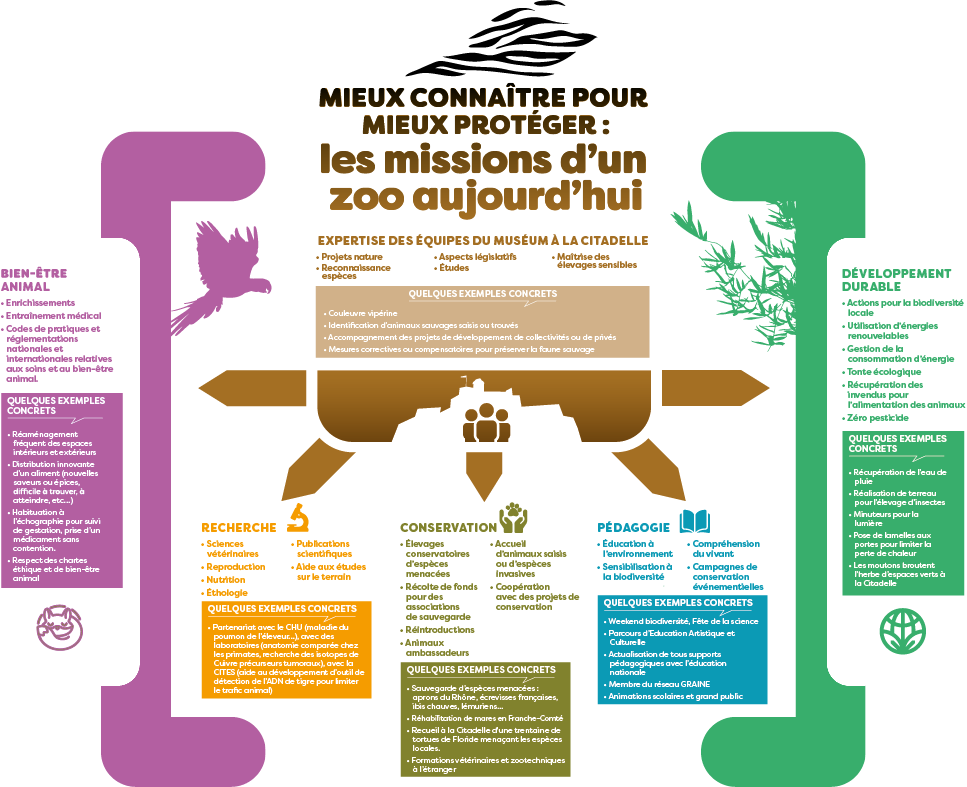
Teams involved
Teams committed to animal welfare on a daily basis
Animal welfare is defined by the Agence nationale de sécurité sanitaire de l'alimentation, de l'environnement et du travail (ANSES) as the physical and mental state of an animal that results from the satisfaction of its essential physiological and behavioral needs, as well as its expectations, while taking into account its adaptive capacities. An animal's well-being is a state that varies according to its physiological state, cognitive abilities and behavior. This model must be understood as a dynamic system, with each component individually impacting the animal's state of well-being.
To ensure the well-being of the animals in its Zoological Park, the Besançon Museum employs professionals and specialists in behavior and biology:
- 22 animal caretakers respond to the specific needs of the animals, alerting us as soon as they observe the slightest change: loss of appetite, prostration, lameness, refusal to interact with fellow animals...
- 2 biologists and 2 veterinarians carry out health monitoring and provide appropriate care when necessary.
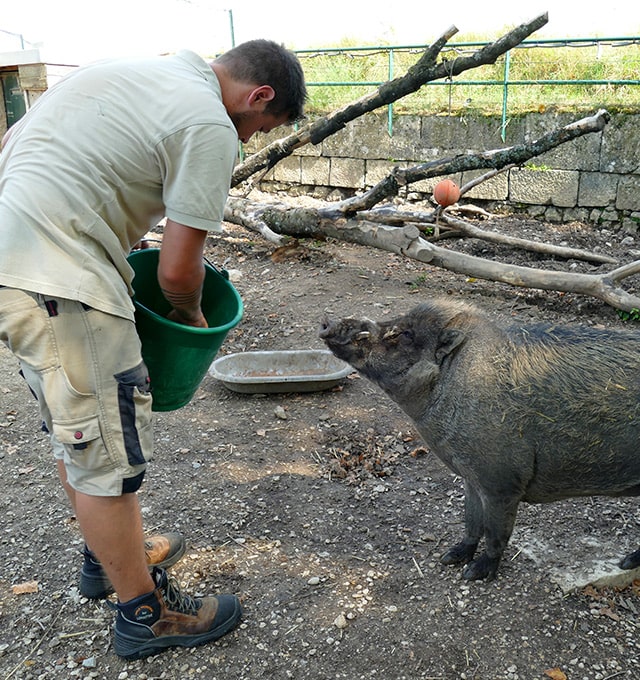
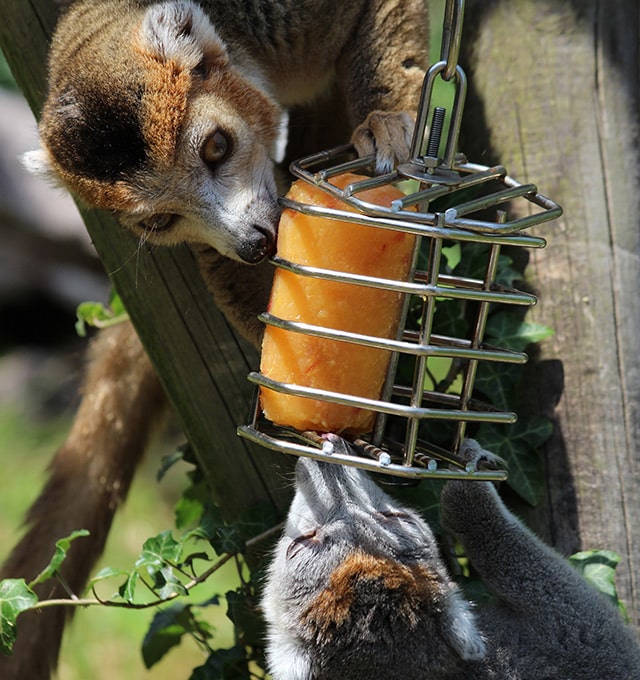
Animal welfare, which is assessed according to zoological and ethological criteria, depends on the environment in which the animal is kept. Zoological Park facilities are subject to drastic and sometimes unannounced checks, and must comply with strict regulations. The animal caretakers are particularly attentive to the layout of the enclosures, which they regularly rethink and embellish with various enrichment elements to encourage the animals' activity:
- Food enrichment (varied diet, regularly changing distribution methods and locations)
- Enrichment of the environment (organization of space, type of materials, proposals for varied activities, sometimes including games, etc.).
- Social enrichment (respect for the social organization observed in nature: solitary life, couples, families, groups of related individuals, etc.).
- Cognitive enrichment (mental stimulation through games to solve and new olfactory experiences, for example)
- Sensory enrichment (tactile, olfactory/taste, auditory, visual).
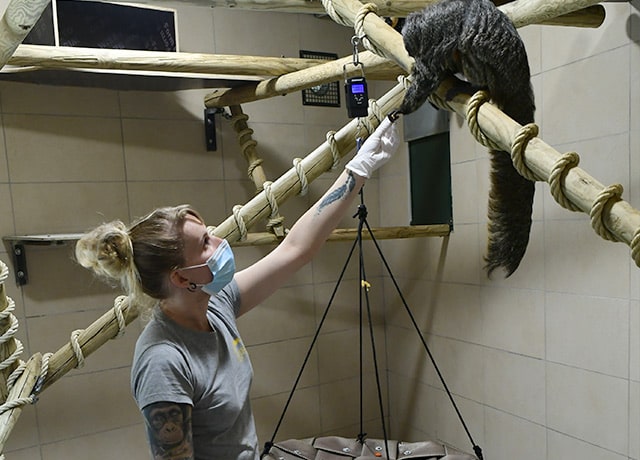
Animal welfare also involves medical training, based on natural learning mechanisms. The aim is to be able to carry out medical care and examinations without restraint or invasive gestures on the part of the carer: precise observation of a part of the animal's body, ultrasound scans, crating, blood sampling, etc. This is made possible by techniques based on play and encouragement. In the photo above, a caretaker is weighing the sakis, making them come to the scales on their own.
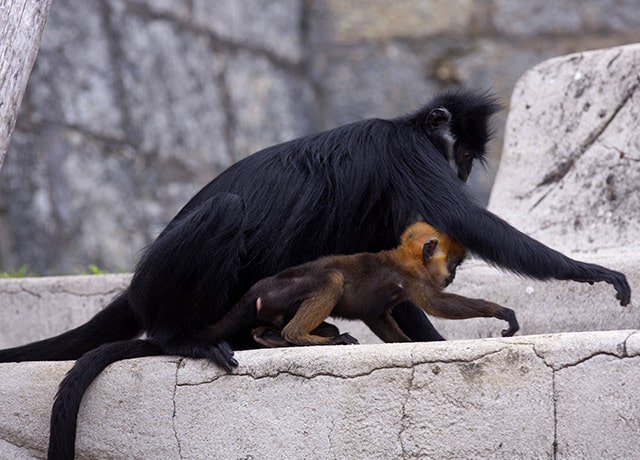
The entire team at the Besançon Museum is internationally recognized for its zootechnical skills and its ability to breed sensitive species. The Museum is the birthplace of rare species, for which captive breeding is sometimes a first (crayfish, jellyfish, amphibians, etc.), and which require rigorous and meticulous upstream work, such as lemurs, crayfish, salamanders...
Discover the job of groomer
- Animal keeper for a day
Discover the work of animal keepers during a half-day of immersion and action behind the scenes at Besançon's Citadelle Zoological Park... A unique opportunity to share in the day-to-day life of an animal keeper: feeding, caring for and enriching the animals' environment...
Wildlife
Discover the Citadelle's wildlife
- species census and monitoring programs.
- support for works that may impact this fauna: avoid them during key periods, propose compensatory measures, integrate cavities for their nests to replace those that the restoration is removing.
- framing sporting and cultural events to avoid disturbance.

